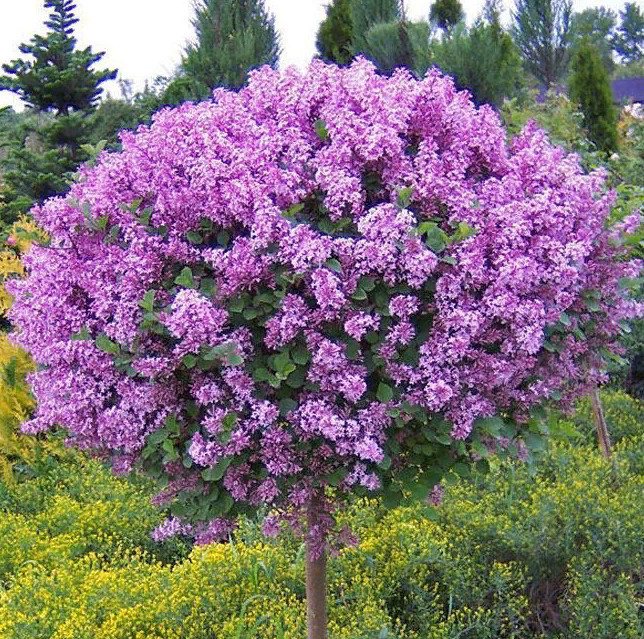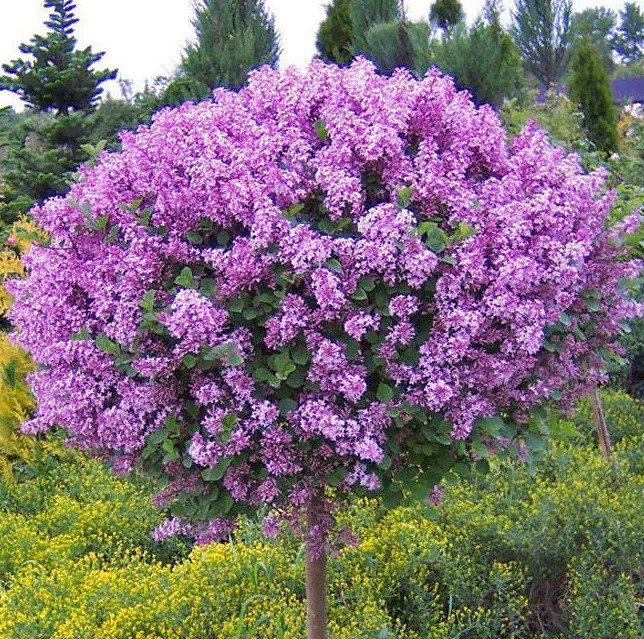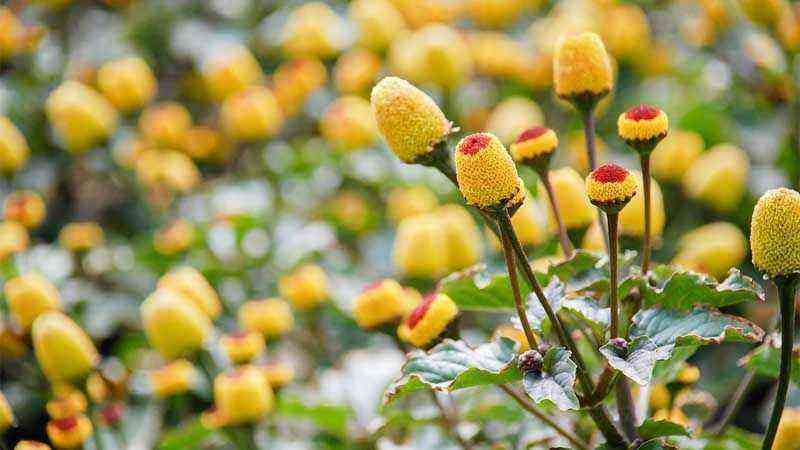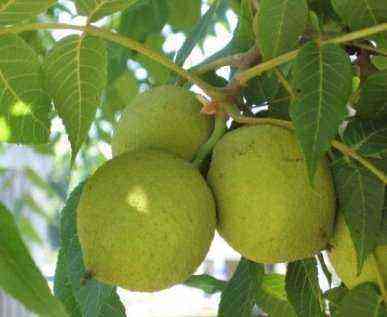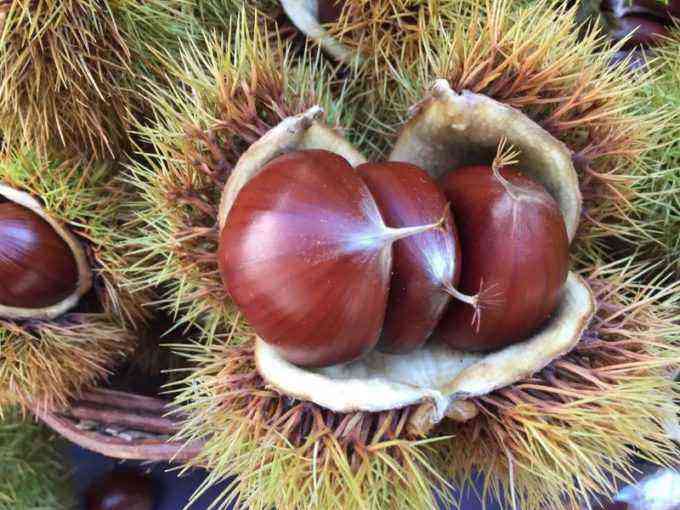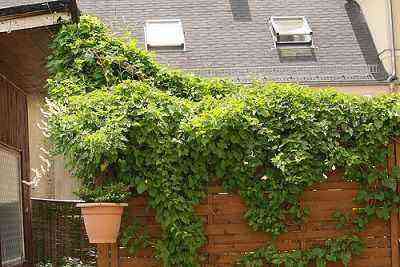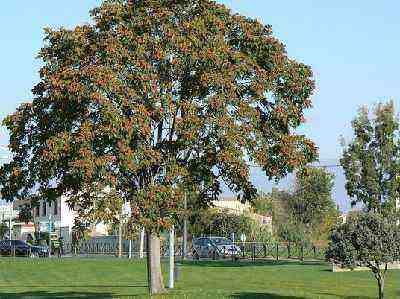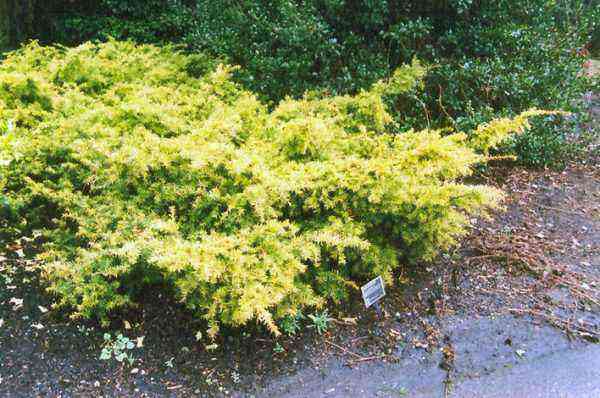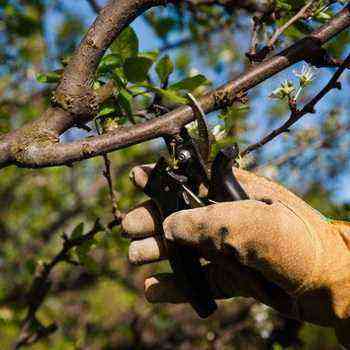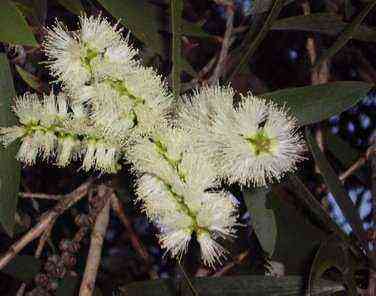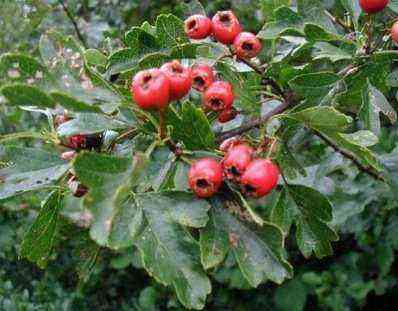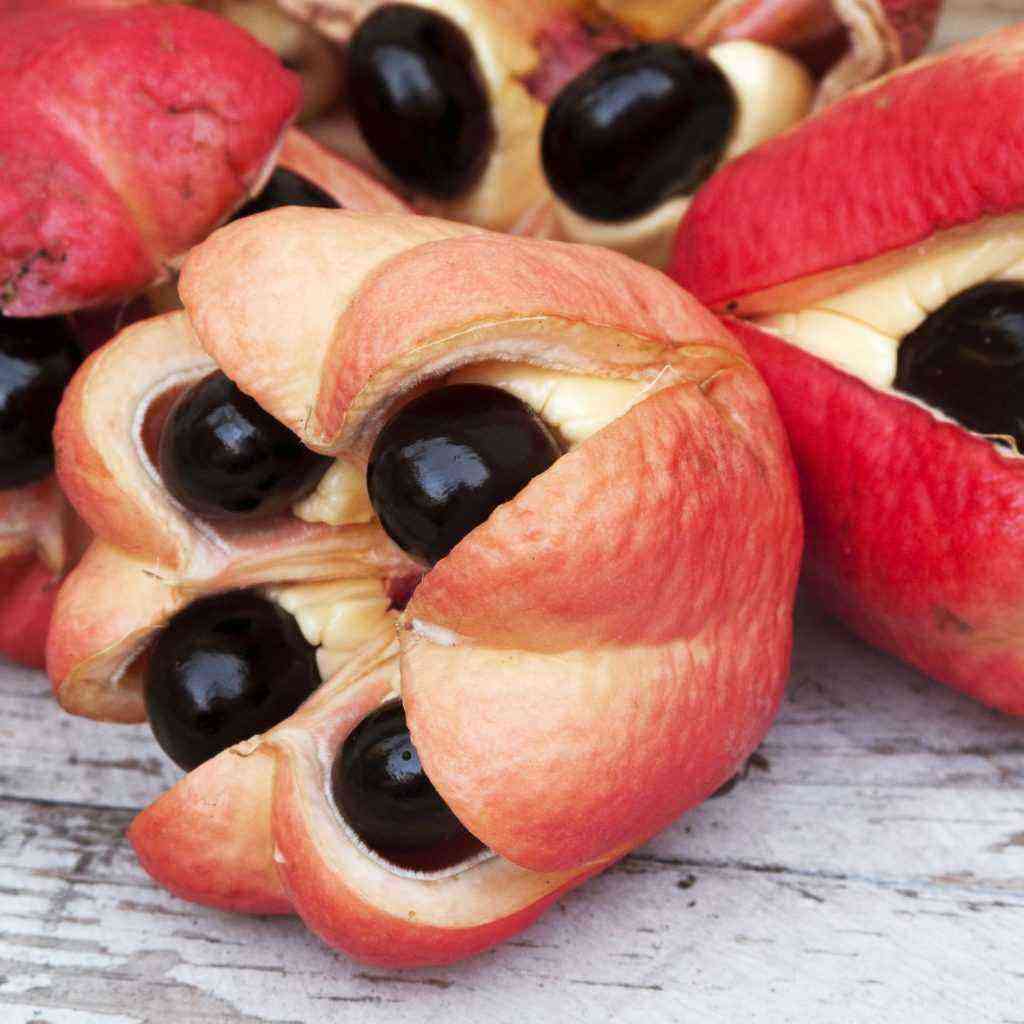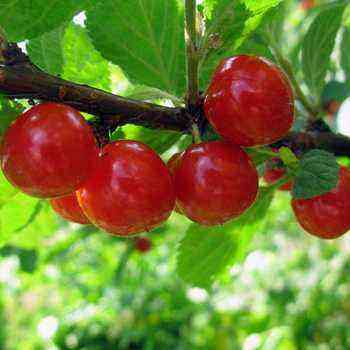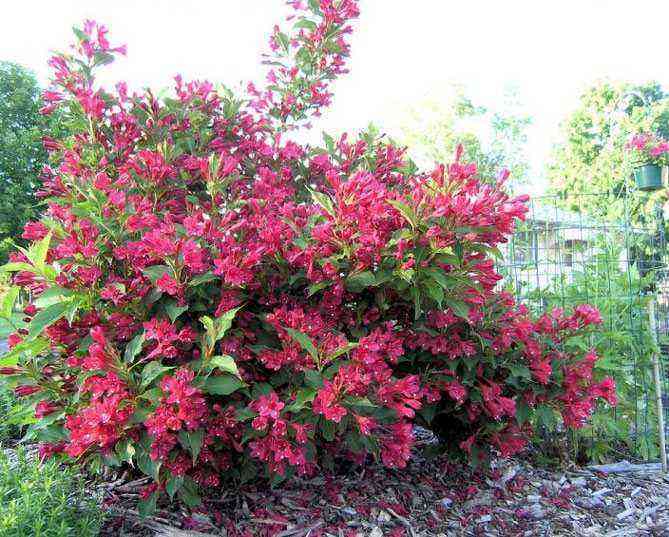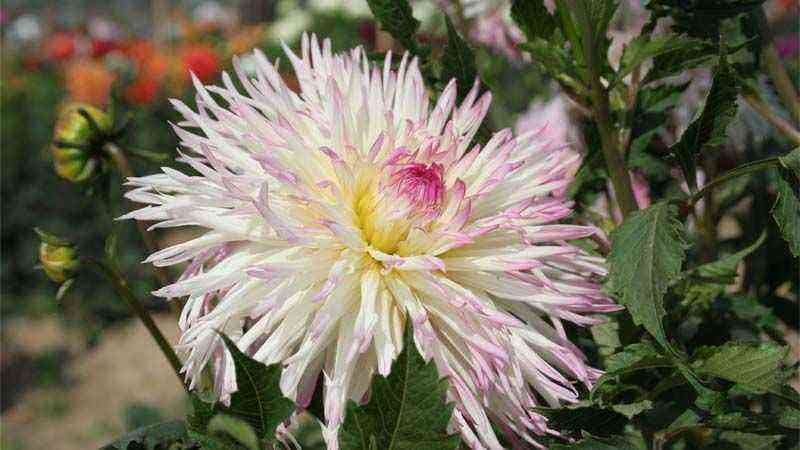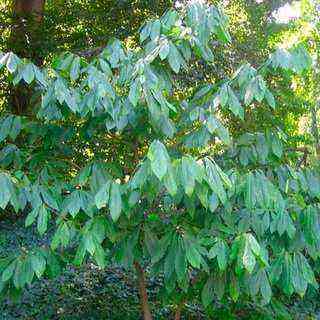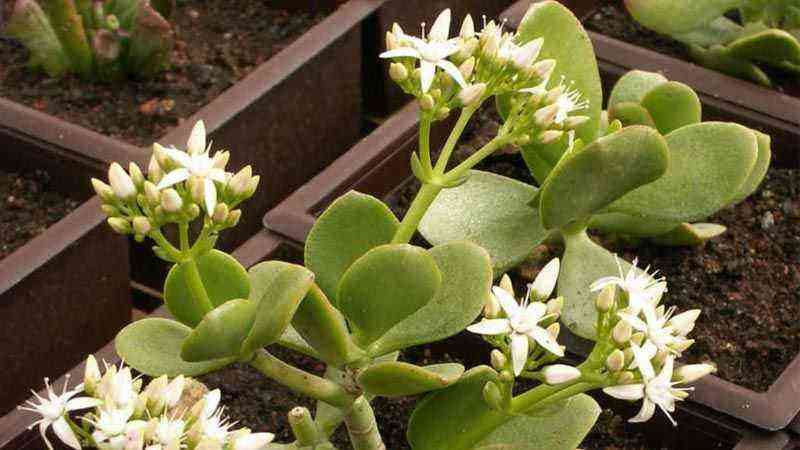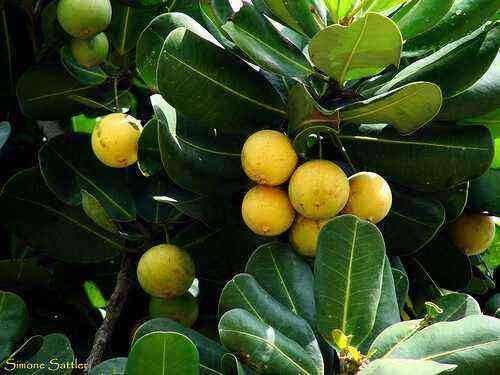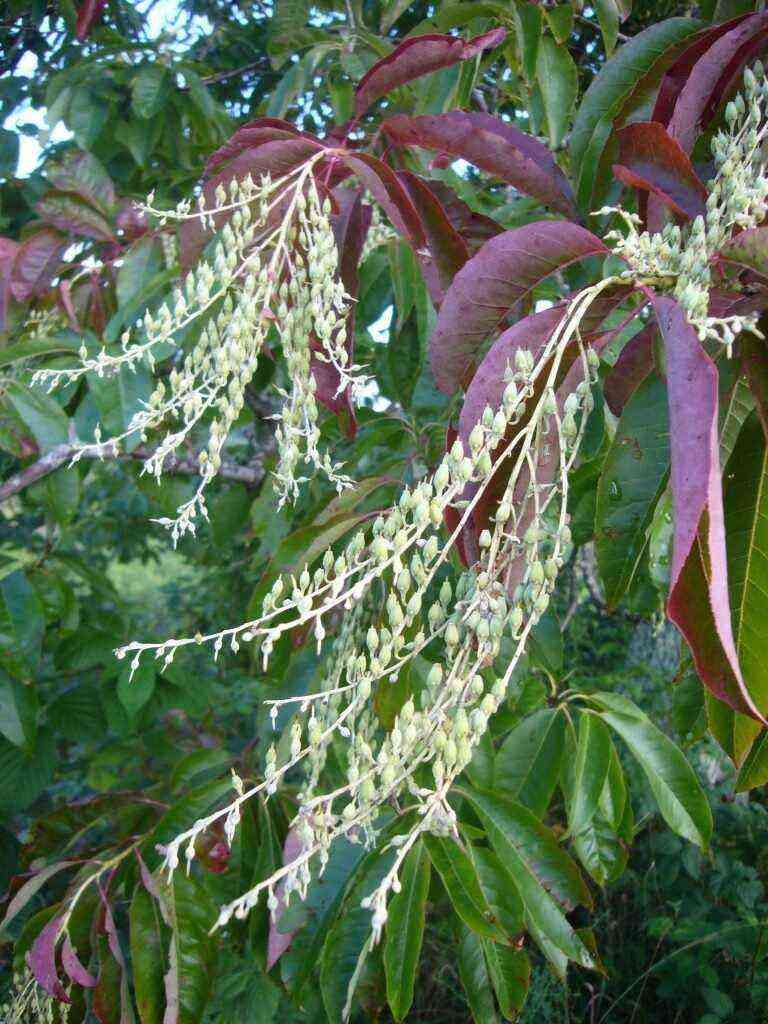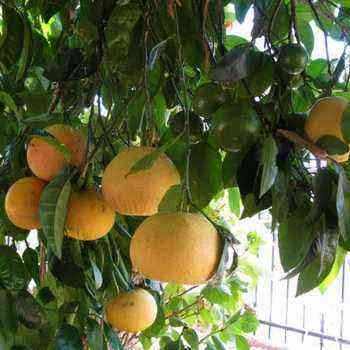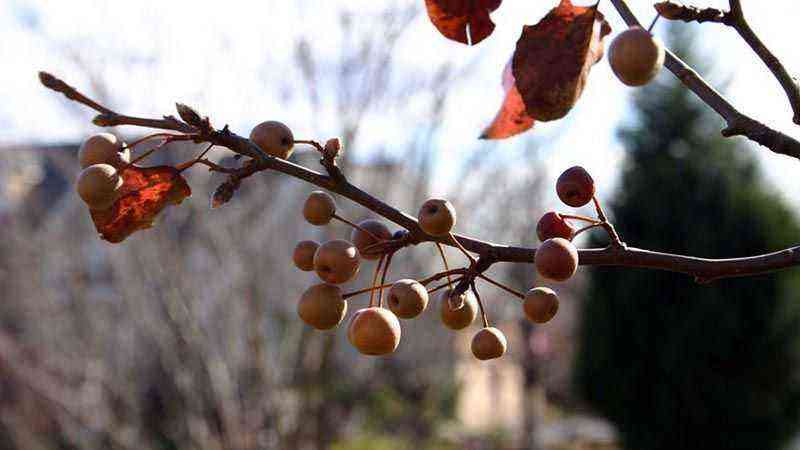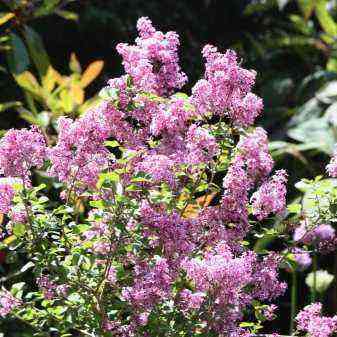

Meyer’s lilac: description
Compact bushes of this plant are not higher than 1,5 meters. Its branches are gray-brown, bark with small cracks. Young shoots are dark brown in color. Leaves are elliptical, wide, from two to four centimeters long. At the top, they taper, the base is wedge-shaped, with tiny “cilia” along the edge. Their upper part is dark green, the lower one is slightly lighter, leaves are pubescent along two veins that run from the very base parallel to the edges.
Meyer’s lilac has an exquisite delicate aroma. Flowers are collected in erect inflorescences. Their length is up to 10 cm. The plant is undemanding to soils, develops successfully even on poor soils, tolerates moderate watering. Practically does not suffer from frost.
It is better to plant fragrant bushes in groups, in the form of a hedge, although single plantings in a flowerbed look very impressive.
Additional fertilizing
Lilac, the photo of which you can see in this article, is very responsive to feeding. Two such procedures per year are quite enough for her. In the spring, over the melting snow, the bushes feed the first time and after flowering the second. If the chemical analysis of the soil on the site was not carried out, then it is better to use ready-made fertilizers (complex) for flowering shrubs. Today, a large number of them are offered by specialized trading organizations.
Meyer’s lilac is resistant to many diseases. Sometimes it can be affected by viruses. The first two years before wintering, young bushes are covered with material, the trunks should be mulched with foliage or peat.
Reproduction
Varietal plants, which include Meyer’s lilac, are propagated by cuttings, grafting or layering. Lilac seeds are usually harvested in early October. They can be sown in autumn or spring. If you want to sow them in the spring, they must first be stratified.
Lilac cuttings are carried out during active flowering. Cuttings are cut from one-year-old shoots, from the middle part. The substrate for them is a mixture of sand with vermiculite, perlite or river sand (purified). Vaccination is carried out with a handle, or a dormant kidney. Hungarian lilac, common privet, common lilac are used for the stock.
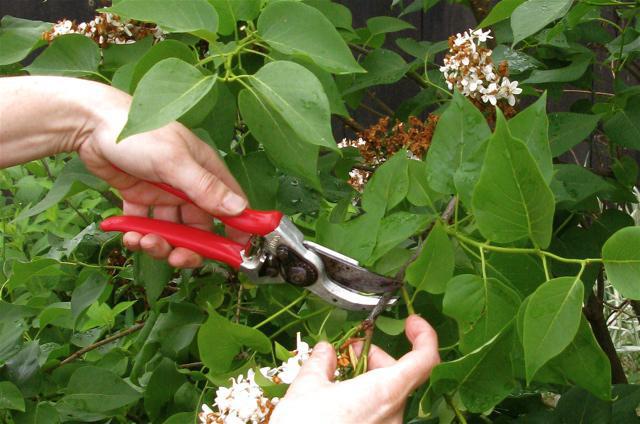

The grafted plants are grown in the form of a half-stem, bush or standard form. Formation of the stem should begin in the second year after vaccination. The stem should not exceed 1.5 meters in height. Standard lilac needs special care – care must be taken to ensure that the main shoot is not covered with overgrowth.
Growing and care rules
Lilacs are watered with care to prevent waterlogging – it will provoke rotting of the root system. Shrubs especially need water during flowering. When it ends, the number of waterings is reduced. The earth under the bushes is periodically loosened.
Plants begin to feed one year after planting. Spring is suitable for applying nitrogen fertilizers, autumn for fertilizing with potassium and phosphorus. Cut off the bushes in the third year after planting. The procedure consists in removing weak shoots. In addition, in the future, you will need to cut branches to form a crown or to grow lilacs on a trunk.
Lilac is frost-resistant, it is possible to build a shelter for the winter only for young, immature bushes.
Syringa Meyeri Palibin
There are several varieties of this type of lilac. We will introduce you to them. The most popular and demanded of them is the Meyer Palibin lilac. It is a deciduous shrub. The crown is very compact. The leaves are opposite, broadly elliptical or ovoid. Their length is about 4 cm, width – 2,5 cm, from above they are completely smooth, dark green, the lower part is much lighter, sometimes pubescent along the veins, the edges are slightly wavy.
Flowers are located at the ends of the shoots, have a light purple color. There are always a lot of them, and they have a strong aroma. Erect inflorescences up to 10 centimeters long. Blooms in late May. Meyer’s lilac Palibin belongs to remontant varieties. This means that it blooms again. This usually occurs in late summer, but not as abundantly and luxuriantly as in spring.


Cultivation
This type of lilac is frost-hardy, photophilous, but at the same time it tolerates partial shade well. Loves fertile, slightly acidic or slightly alkaline moist soils, but does not tolerate flooding.
The planting pits are filled with compost or humus mixed with garden soil. Top dressing is carried out twice a season. Adult bushes are cut off, dying old shoots that grow inside the crown are removed. Excessive growth is removed from grafted plants. Standard bushes are pruned more intensively.
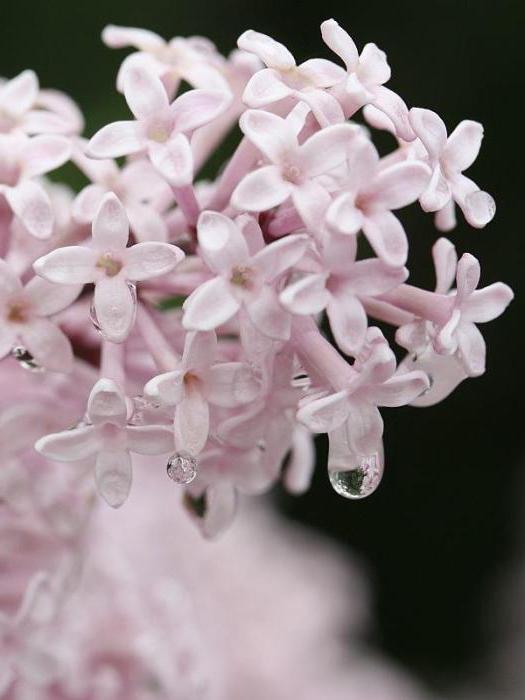
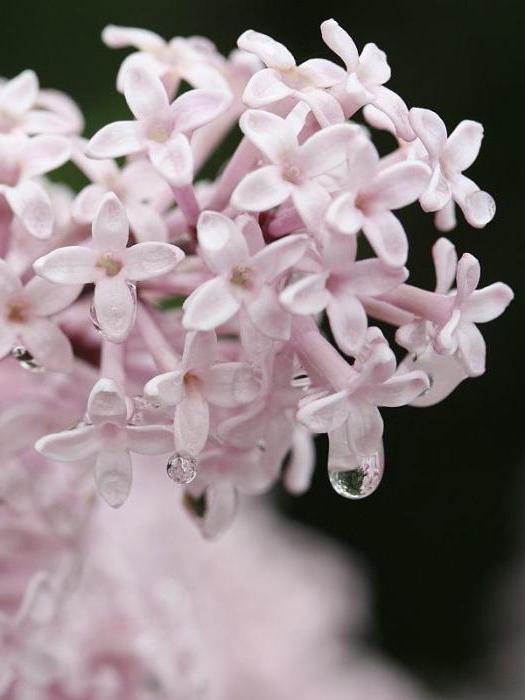
Palibin lilac seedlings can be formed in the form of a ball, bush or give them a standard shape. This pretty dwarf tree does not exceed 60 cm. In this form, it can be used both for growing in a personal plot and as a pot culture.
At least three to four times a season, it is necessary to loosen the soil (not too deeply) – about five to six centimeters. Lilac Palibin is suitable for group and single plantings to create fairly dense hedges.
Possible problems in growing
When cultivating the undemanding and hardy Meyer lilac (Syringa Meyeri), the gardener may face the following problems caused by the development of diseases and pest infestation:
- Drying of leaves and shoots. The difficulty arises from planting low-quality seedlings or due to insect infection. At the first symptoms, the bush is thinned out, and the affected shoots are cut off.
- The appearance of plaque and spotting. In humid summer conditions, the development of powdery mildew can be observed, which must be dealt with by treating the shrub with fungicides.
- Loss of decoration, damage to shoots. A kidney mite, a miner moth, or a lilac leaf beetle can cause a similar situation. If insects are detected, it is necessary to spray the lilac with an insecticide.
Thus, Meyer’s lilac is a bright decoration of a personal plot with a marvelous aroma, which, at the same time, is undemanding to care for. With minimal care and attention, the shrub will delight the owner with its magnificent flowering for more than one year.
Red Pixie
Another great short and hardy plant. The Meyer Red Pixie lilac blooms twice a year. The first time in late May, the second in late July – early August. The bush is compact, rather dense. Its height can be from 100 to 170 centimeters, width is about 120 centimeters.
The buds are colored purple-red. The flowers initially have a deep pink hue, then they acquire a light pink. Surprisingly, this plant begins to bloom very early. Very small bushes (25 cm) are covered with numerous inflorescences, emitting a stunning aroma. This plant is ideal for a small garden.
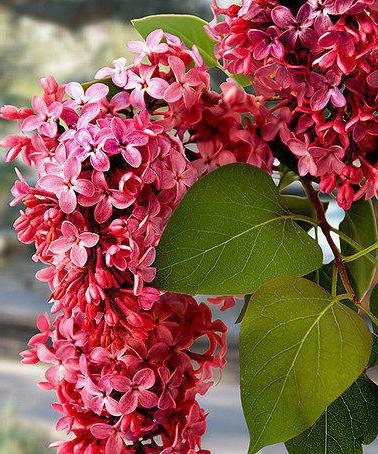
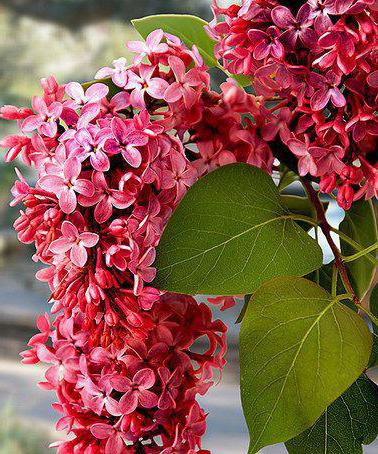
Bloomerang Ash
Repaired variety, which is a complex hybrid of large-leaved, spreading lilac, Meyer and Juliana. The bush is compact, height is about 150 cm, width is not more than 160 cm. It blooms for the first time in May, the second in August. But what is especially important, the color is preserved until frost.
The flowers have a delicate lavender hue and rich aroma. This lilac is unusually good in bouquets – early in the morning you need to cut off two-thirds of the flowering branch, put it in the water, splitting the cuts at the ends. When re-flowering, the inflorescences are smaller and more intense in color. To improve secondary flowering, remove faded panicles after the first wave. This type is used in small gardens as a decoration on lawns or to create original compositions.

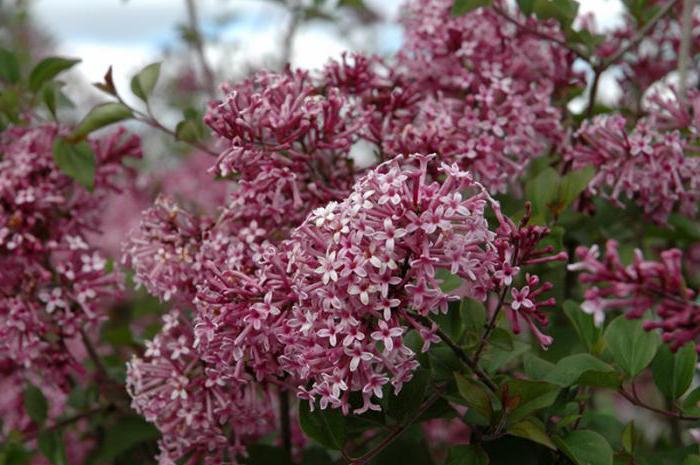
Jose
Another wonderful representative of the “balcony series”. Meyer Jose’s miniature lilac is a remontant species. The bush is small, spreading, 1,25 meters wide. The peculiarity of the variety is very slow growth, therefore it is more often used for decorating mixborders.
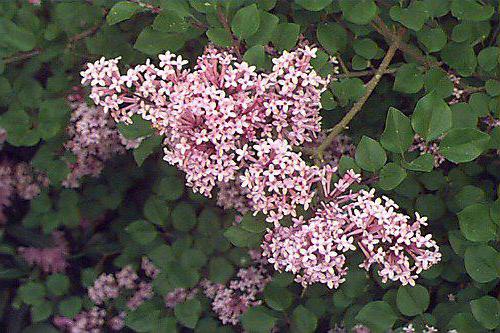

The flowers are almost purple with a pink tint, with a strong aroma. This is especially felt when the group planting. It blooms for the first time in late May (sometimes in early June). The second time (at the end of August) flowering is less active.
Like all Meyer’s lilacs, Jose prefers sunny, with light partial shade areas. Feels comfortable on well-drained loams with humus content. It only needs additional watering in dry years.
When Meyer’s dwarf lilac first appeared on the market, it made a real revolution in the minds of people. After all, it has now become possible to grow lilacs in the smallest areas and even in containers and balcony boxes. But Meyer’s lilac Palibin broke all popularity records. After all, this is the smallest representative of the already not the most gigantic species of Meyer’s lilac.
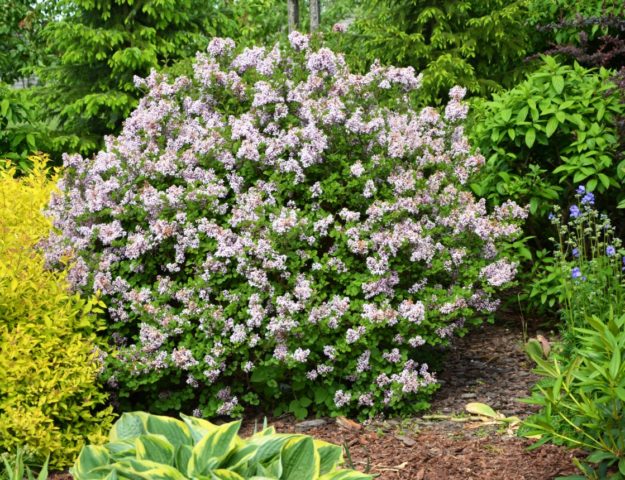
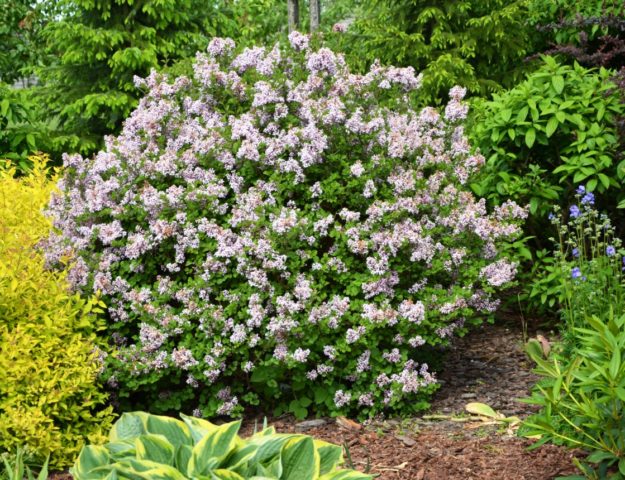
Blooms in the year of rooting
| Lilac Meyer | |
| |
| General characteristics | Tall bush. Shoots are densely branched, directed upwards. |
| Size | Height up to cm: 150 Diameter up to cm: 150 |
| Flowers | Mauve |
| Leaves | Widely elliptical, ovoid |
| soil | Undemanding to soil conditions |
| Illumination | Photophilous, but tolerates slight shading |
| Winter hardiness | Winter hardiness is high. USDA zone 3 |
Meyer’s common lilac:
- About sorte. The compact form of a bush, the plant barely reaches one and a half meters in diameter and height. The growth of the bush per year is no more than 10 cm. The leaves are small, green above, light below. The culture can be grown in pots, which is why it got the name – balcony.
- About flowers. Blooms in the year of rooting. Blooms profusely, early flowering. The remontant culture blooms in May-June and August-September. Flowers from pale pink to purple-red shades. Lush cone-shaped inflorescences. The second bloom is not so abundant, but decorative.
- About leaving. Common lilac is not demanding to care for. Drought-resistant, tolerates frost well. The first year after planting, it is recommended to water and mulch the soil abundantly with sawdust or cut grass. Be sure to remove the inflorescences after flowering. Pruning in spring and autumn. The crown is well formed, which is valuable in landscape design.
Igor Bilevich’s Channel recommends Meyer’s dwarf lilac for planting
Video:
Variety description
Among all varieties of Meyer’s lilac, Palibin is distinguished by the smallest size. This baby usually reaches a height of no more than 60-80 cm. Although in some particularly favorable conditions it can grow up to 100 cm. But his growth rate is also very slow. For a year, the length of the branches is good if it increases by 5-8 cm. But it is capable of blooming at a fairly young age, being a very small bush literally 20-30 cm in height.
Even without special pruning, the Mayer’s lilac variety Palibin forms an attractive rounded crown that spreads in breadth up to 1,5 m. The branches are brown, which eventually brightens and becomes more gray. Small and shiny oval-heart-shaped leaves densely cover rather long branches. On the reverse side, they have a lighter color.
Inflorescences look like elongated cone-shaped columns, 8-10 cm long. Meyer Palibin’s lilac buds have a rich dark purple hue, clearly visible in the photo, which, when blooming, changes to pink-purple.
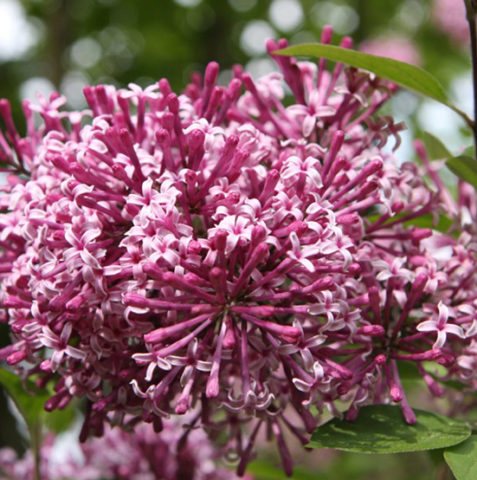
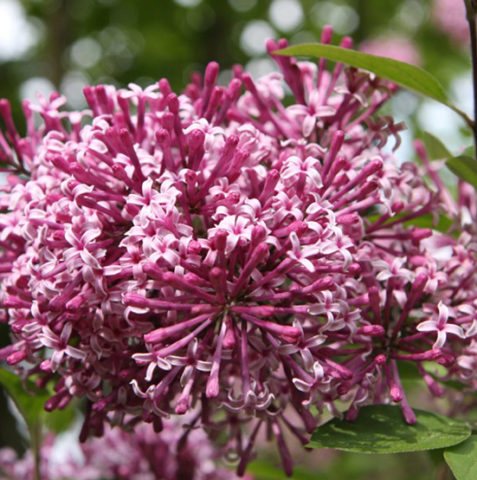
But by the end of the flowering period, the color of the flowers fades slightly and turns into light purple. Palibin lilac flowers have an eye-catching, charming scent that is difficult to pass by without noticing it.
Depending on how early or late the spring was, Mayer Palibin’s lilac bloom may come in late May or as early as June.
The plants of this variety have a very compact and shallow root system, so they can be easily grown in almost any container and even in a balcony box. But it should be understood that in winter, the soil in any container or box freezes over much easier and faster than in the ground. Therefore, containers are usually brought in for the winter period in a practically frost-free room or buried in the garden for the winter. It is usually not so easy to remove the balcony boxes, so they need to be additionally insulated or to provide an additional heating system on especially frosty days, where the Palibin lilac plants will winter.
By the way, among the characteristics of this variety, one can note a good resistance to smoke and air pollution. This fact is an additional plus for growing Meyer Palibin lilacs in an urban setting.
The frost resistance of the lilac bushes of this variety is also noteworthy. They will fully survive frosts in the winter period up to – 28-30 ° C. But due to the shallow root system, the soil surface around the bushes needs additional insulation and maintenance of a constant snow cover in winter.
In general, unpretentiousness to various conditions was one of the reasons for the special popularity of this variety of lilacs. Palibin can be called a heat-resistant variety. And it can even do without regular watering. Unpretentiousness to the soil helps to grow it almost anywhere on the site. True, like most lilacs, Palibin is not indifferent to sunlight.
This variety is also famous for its remontability. That is, lilac bushes are able to bloom again around August and September. Usually, the flowers that form at this time are not so numerous. However, a lot here depends, first of all, on the timely removal of drying out flowers in the spring flowering period.
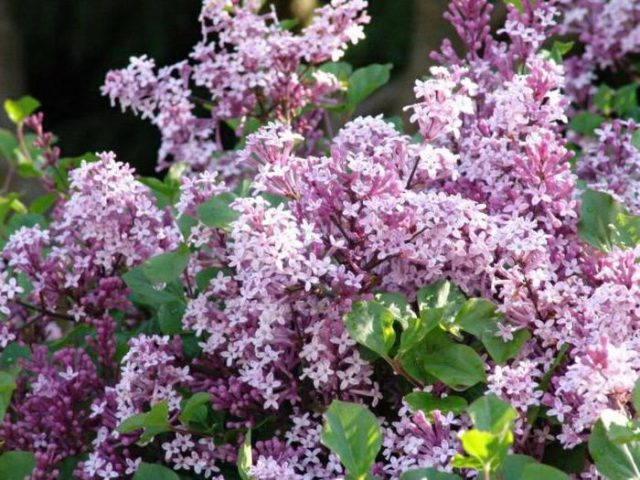
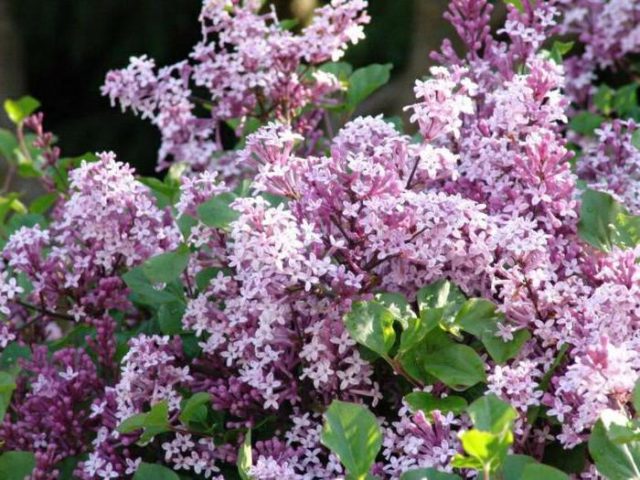
Detailed description of the species
Meyer’s lilac was discovered for the first time in China, but among cultural plantings. In the wild, this type of lilac has not yet been discovered. Its main feature is its small size. The shrub reaches a maximum height of 1,5 m.
The article will present not only a description of Meyer’s lilac, but also numerous photos that will help get an idea of its appearance.
With the general comparative compactness of the crown shape in width, it can grow significantly and also reach 1,5 m. Therefore, this species of lilac serves excellently both as a tapeworm on the lawn and in the row of hedges. But the shrub of this variety grows and develops very slowly, the annual growth can be only about 10 cm per year, and even less for some varieties.
Young branches of the shrub are dark brown in color. With age, the color lightens a little and becomes gray-brown. The bark of adult branches is covered with numerous microscopic cracks.
Quite small in size, the opposite leaves are elliptical with a wedge-shaped base. In length, they do not exceed 4-5 cm, in width – 2,5-3 cm. From above they have a rich green tint, and from below they are lighter. A slight pubescence can be seen along the edging of the two lower veins. The leaves are jagged along the edges.
The flowering of Meyer’s lilac begins from about the end of May to mid-June, simultaneously with the late varieties of common lilac. The inflorescences look like erect panicles up to 10 cm long, which bloom from several of the uppermost buds at the ends of the shoots. The flowers are very small, funnel-shaped with a light rim on the underside of the corolla. The aroma is strong, pleasant and sophisticated at times.
At the end of summer, when the heat subsides, the flowering of Meyer’s lilac may well be repeated, although not as abundant as in spring. Flowers, depending on the variety, can be white, red, pink, purple and lilac.
Unlike common lilac? this species is able to bloom much earlier, literally in the second or third year of life. Incredibly, tiny bushes, about 30 cm high, may already be covered with buds.
Meyer’s lilac or Syringa Meyeri (as this species is called in Latin) is characterized by the fact that, unlike other varieties, it does not form a root growth at all. But she is able to give many shoots from the base of the bush, expanding in breadth.
This species can be used for row planting in hedges, in a group of other flowering shrubs, and, of course, as a tapeworm.
In the description of Meyer’s lilac, one cannot fail to mention its features:
- amazing frost resistance – plants can withstand air temperature drops down to – 30 ° С;
- smoke and gas resistance, which allows planting such varieties in urban conditions;
- heat resistance.
Methods of reproduction
Meyer’s Lilac Palibin can be propagated using the following methods:
- seeds;
- cuttings;
- layering;
- root suckers;
- vaccinations.
The first and last methods are quite complex and can be left to professionals. And for ordinary gardeners, the three remaining methods are fine.
Meyer Palibin lilac cuttings are usually cut during the period that coincides with flowering. But at the same time, you should choose branches on which both buds and flower buds are absent. The branches are cut into cuttings no more than 20-25 cm long. Each of them should have at least 2-3 buds. The lower cut is made obliquely, treated with a growth stimulant and stuck into a light moist substrate to a depth of 2-3 cm. It can consist of sand or vermiculite. To preserve moisture, you can build a small makeshift greenhouse on top. Roots usually appear towards the end of summer and autumn. If possible, it is better to keep the rooted cuttings in a frost-free room until planting in a permanent place next season. Cuttings of Palibin lilacs can bloom next year, as in the photo.
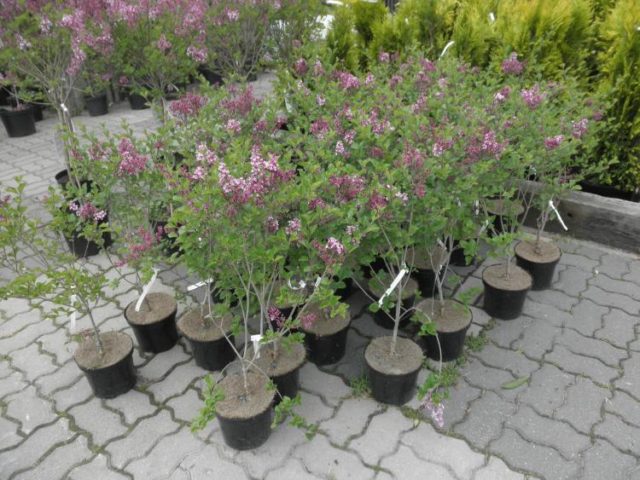
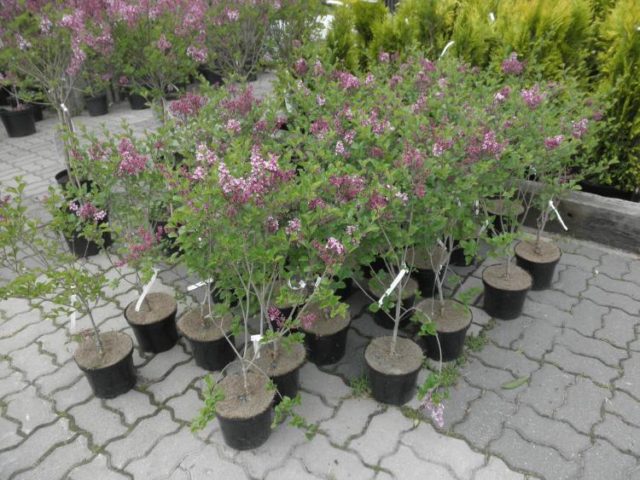
You can leave rooted cuttings in the ground, thoroughly insulating them for the winter.
For propagation by layering, it is necessary to choose one of the lilac shoots that are closest to the ground. In the spring it is pressed to the ground, sprinkled with earth and watered regularly throughout the summer. By autumn, roots appear at the point of contact with the ground. The plant can be separated from the mother bush and planted separately.
Planting and caring for Palibin lilacs
Due to the undemanding plants, planting and caring for Meyer Palibin lilacs can be easily carried out even by a novice gardener.
When to plant
The ideal period for planting Meyer’s lilacs is the end of summer, August or September. In any case, you need to wait for cool, and most importantly, cloudy weather. Or timed the process in the evening.
Site selection and preparation of soil
As already mentioned many times, Meyer Palibin’s lilac will be able to survive almost anywhere, wherever it is planted. But this plant is planted for the sake of abundant flowering, and it can only be expected in a sunny place. If you have to plant lilacs in a depression where water can stagnate, then during planting it is necessary to provide a drainage layer, at least 10-15 cm.
The soil does not require special preparation. The only exceptions are completely depleted, very acidic or saline soils.
- In the first case, when planting, you need to add humus and a certain amount of long-lasting fertilizers.
- In the second case, add chalk or lime.
- In the latter version, a special mixture of humus, turf soil and sand is prepared in equal proportions to fill the planting pit.
How to plant
If lilac seedlings with an open root system are used, then a day before planting they must be soaked in water, and then inspect all the roots. If there are diseased or damaged roots, they are cut to a healthy place. Too long roots are slightly shortened.
Seedlings of lilac Meyer Palibin with a closed root system do not require any additional processing. They are simply placed in a hole slightly larger than the volume of the roots and sprinkled with planting mixture. Then watering is carried out, the earth is compacted around the trunk and covered with mulch with a layer of 5 cm.
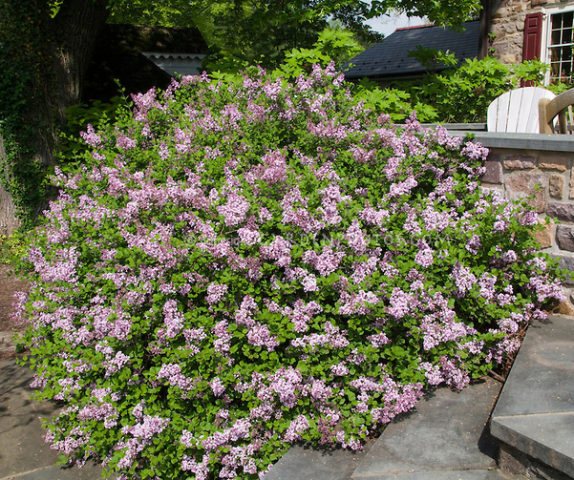

Care instructions
Taking care of Meyer Palibin’s lilacs is not at all difficult.
Watering the culture is necessary only in the first months after planting, if the weather is dry, so that it takes root well. In the future, attention is paid to watering only during the flowering of lilacs. The rest of the time, she will cope quite well with the help of natural moisture.
Regular fertilization will not bring much benefit either. They can only cause lush growth of greenery to the detriment of flowering. You can feed the bushes every two years: in early spring and immediately after the end of spring flowering.
But on the regular mulching of the land space around the bushes, the Palibin lilac plants will respond with great gratitude. This will protect them from the invasion of weeds, and retain moisture at the roots, and provide extra nutrients.
As for pruning, it is imperative to remove wilted inflorescences. Only in this case, you can count on repeated abundant flowering. Sanitary pruning should also be regular, that is, removing thickening, broken and unsightly-looking branches.
Meyer Palibin’s lilac looks very beautiful on a trunk. In this case, the shape of the trunk must be regularly maintained. After all, fresh buds will constantly appear on the trunk, which will need to be removed. And in the upper part of the crown, its shape is maintained by regularly shortening the ends of the shoots in early spring.
Meyer Palibin’s lilac winters very well and can freeze slightly only in snowless and especially frosty winters. But at the same time it quickly recovers.
Persian variety of lilac
The dwarf Persian lilac turned out to be a very interesting and beautiful variety, which differs from other species by its dissimilar and unusual aroma. This species appeared due to the crossing of two varieties – Afghan and small-leaved lilacs. The main distinguishing feature of the Persian beauty was her height, which usually does not exceed two meters. The leaves of this species are pointed, the inflorescences reach about 10 cm.
In mid-May, the Persian lilac blooms in white (Alba), red (Nibra) or purple (Laciniata) flower clusters, and this period lasts until the end of June. Dwarf lilacs begin to bloom in the fifth year after planting, but, of course, there are exceptions. The bushes of the plant are quite thermophilic and grow well in the sun, they can hurt in the shade, so they should not be planted in places where there is no direct sunlight.
There are many places where dwarf Persian lilac grows, mainly in the south of Russia, India, China, Dagestan and other countries with a warm climate. In central Russia, you can also observe the planting of seedlings, due to the fact that the plant is quite unpretentious and resistant to extremes of high and low temperatures. Another feature of this species of lilac is the periodic ability of the shrub to re-bloom in early autumn. Check out the article on the best varieties of roses to plant.
Lilac Palibin in landscape design
Professional designers are very fond of using Palibin lilacs in creating a variety of compositions. This plant can be used both in curbs and hedges. Moreover, to add a colorful accent or to get a spectacular flowering fence.
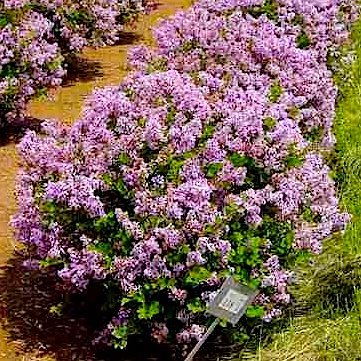
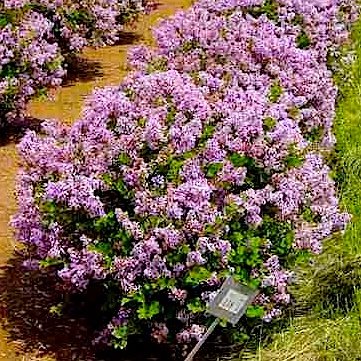
It will look good in single or combined groups, in flower beds, in rockeries.
Meyer Palibin lilacs can be used to decorate a courtyard, terrace or veranda by planting it in separate containers. It has also been mentioned about the use of this miniature flowering shrub to decorate balconies.
In cities, Palibin lilacs are often used for landscaping playgrounds, recreation corners, school gardens, city yards.
Looks good against the background of conifers, as well as in the vicinity of honeysuckle, barberry, hydrangea, tree peony.
Reviews
Reviews of Meyer’s Palibin lilacs are consistent with the popularity of this unpretentious variety.
Meyer’s lilac is a dwarf miniature species. Its height rarely exceeds 1,5 meters. This lilac is characterized by a dark brown color of the bark, the length of its leaves reaches 4 cm, the aroma of flowers is pronounced. Let’s take a closer look at the peculiarities of growing one of the varieties of Meyer’s species – “Palibin”.
Features of Meyer’s lilac, choosing a place for it
Meyer’s lilac is found in China, where it has been cultivated for hundreds of years, but no wild form of this lilac has been found. It differs from most species in the size of the bushes and the timing of flowering. The height of Meyer’s lilac shoots can be up to 1,8 m. Varieties and hybrids no higher than 1,2 – 1,5 meters are obtained from it.
Also, Meyer’s lilacs tend to enter the flowering time even when the height of the bushes barely reaches a quarter of a meter. It blooms in June. In addition, in early autumn, Meyer’s lilac can bloom a second time. And although the re-flowering is more modest, the fragrant flowers of pink-lilac color are pleasant to observe in the fall. At the same time, the plant is unpretentious, it put up with very modest living conditions, lack of moisture and poor soil.
Lighting and temperature
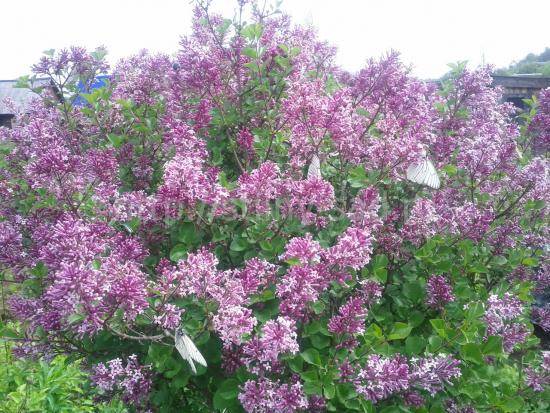

For lilacs, it is better to choose places well-lit by the sun. It is possible to grow in light shade, but decorative and varietal qualities in good lighting are most pronounced. In frosty winters, many varieties of Meyer’s lilac can freeze slightly, but recover quickly enough. To avoid this, it is advisable to plant in places protected from winter winds.
Soil and moisture
The soil in the area where Meyer’s lilac will grow should be fertile enough, moderately light, water and air permeable. The groundwater level for this species does not matter much, since the size of the root system is quite modest and most of the roots are located at the very surface.
Lilac tolerates a lack of moisture quite well, especially when it comes to Meyer’s lilac, but still, for good development, it is necessary to provide good moisture without stagnant water. Regular and prolonged waterlogging can cause rotting of the root system.
Description
The variety is dwarf, slow growing. The plant reaches a maximum height of 60 cm. The crown of the variety is compact, round in shape. The leaves are elliptical, very small, dark green above, glabrous, lighter below, fluff can be observed along the veins. The flowers are small, lavender, the inflorescences are cone-shaped, their length is from 3 to 10 cm.
The advantage of the variety is the early entry into the flowering season. The process begins in late spring or early summer. A second wave of flowering is possible, but not so abundant. The scent of flowers is clearly perceptible. The variety is distinguished by dust, smoke, gas resistance, it is for this that it is customary to use it in the design of city yards and school grounds.
Landing
Since the abundance of the sun is important for this variety, it is recommended to plant the shrub in a well-lit area, protected from the wind. In general, the culture is not picky about the soil, but it is still worth avoiding wetlands. Lilacs will react much better to soil with a lack of moisture than to soil with an overabundance.
Green cuttings are used as seedlings. Preparation for planting is carried out during the flowering period, and therefore it is recommended to choose a sprout for planting without buds and buds. One stalk should have a length of about 20 cm, at least two buds and two leaves. To prepare the cuttings for planting, gardeners are advised to keep them in a growth stimulant solution.

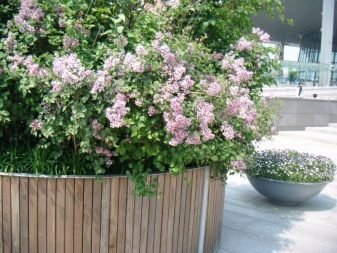
You can mix peat and sand to create the soil. Cuttings planted in such a composition are covered with plastic bottles on top. If the cuttings are grown in a greenhouse, then the bottles are not needed. Systematically, the seedlings need to be moistened, to ensure that the temperature in the greenhouse is three degrees higher than outside. The next summer, shoots can be planted in a permanent place. This is done as follows:
a hole is dug out according to the size of the root system, usually it is about 50×50 cm;
it is recommended to dilute very poor soil with humus, phosphorus or wood ash;
then the shoot should be planted so that the roots are completely hidden, and the soil should be compacted;
pour plenty of water;
mulch the area around the seedling with a five-centimeter layer.


Also, gardeners recommend carrying out the planting procedure at a time when the sun no longer bakes strongly, for example, in the evening. Shoots with an open root system must be removed from damaged roots, and excessively long and strong roots must be cut off so that their length does not exceed 30 cm.
When growing the presented variety pay attention to the following points.
The first year after planting, a prerequisite for the active growth of the seedling is loosening at least four times a year. The procedure is carried out to a depth of about 5 cm. Watering should be carried out regularly, but in moderation – the variety does not like excess moisture, this can provoke decay of the root system. The crop should be watered throughout the growing season, especially in dry summers during the flowering period. Air humidity when growing lilacs does not matter.
There is a need for pruning only for the 3-4th year. The shaping procedure is carried out in early spring before the buds awaken. During spring pruning, dry, diseased and frozen stems are eliminated. You can form a plant in the form of a bush, ball or trunk. In the same period, sanitary pruning is carried out. In adult specimens, old branches that thicken the stems are removed. The lower shoots are cut off from the boles. The grafted plants get rid of root growth. During pruning after flowering, the faded inflorescences are removed.
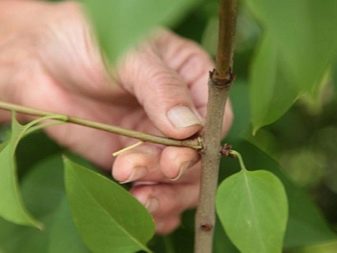
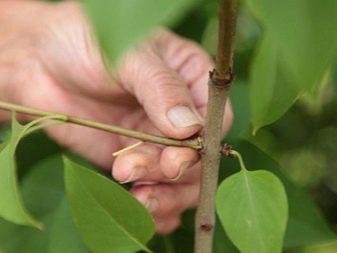
- It is enough to fertilize the variety twice a year – in spring and after flowering.It is not necessary to feed the crop in the fall. It is preferable to use complex formulations for flowering shrubs for feeding. In the first two years, lilacs are protected from winter frosts with a covering material, before wintering, near-trunk circles are mulched with peat or foliage by 10 cm.
Reproduction is possible by cuttings, grafting or layering. It is recommended to collect seeds in early October, and start sowing in autumn or spring. The plant is inoculated with a cuttings or buds that have not yet awakened. Hungarian lilac, common privet, common lilac are used for the stock.
It is customary to form grafted specimens with half-stems, bushes or boles. The stamp is drawn up the next year after grafting. Its height should not exceed 1,5 meters. When caring for a stem, it is important to control the absence of overgrowth on the main shoot.

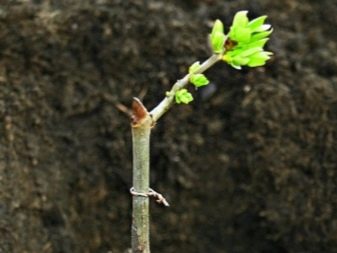
- The variety is considered to be quite resistant to disease and pest attacks.But for prevention, it is necessary to buy seedlings in proven stores, observe planting conditions and agricultural technology. Affected shoots must be removed immediately along with adjacent healthy areas. All tools used to care for the shrub must be disinfected. Fallen leaves and dry branches must be burned.
For a plant that is already afflicted with an ailment, you should prepare phosphorus-potassium fertilizer and reduce the amount of nitrogen. For better ventilation, it is recommended to thin out the bush. You can also use copper sulfate or Bordeaux liquid to fight diseases.
If the bush is affected by pests, then the infusion of insecticidal herbs can overcome them. Wormwood, garlic, nettle will do.
If the plant is practically destroyed disease or insects, it is better to eliminate it, and add bleach to the area where it grew.
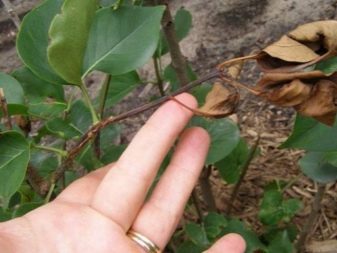

Landing in open ground
To admire the lush flowering of a compact shrub every year, you need to choose the right place, soil and plant high-quality planting material according to all the rules at a certain time.
A sunny area protected from drafts is allocated for lilacs.
Despite the fact that abundant flowering bushes can grow on poor soils, preference should be given to loose, light soil with a neutral reaction, good fertile layer and drainage.
Landing technology:
- Lilacs are planted in the second half of the summer season.
- A planting pit with dimensions of 50×50 cm is dug in the selected area.
- With a scanty fertile layer, a mixture of compost, humus and wood ash is placed on the bottom.
- Diseased roots are removed from the seedling and healthy roots are shortened to a length of 30 cm.
- Lilacs are placed in a pit and buried in, after which the aerial shoots are cut into 2 buds.
- The trunk circle is compacted, watered and covered with a layer of mulch 7 cm thick.
Use in Design
The variety is used in single and group plantings for the organization of borders, curtains, compositions with herbaceous plants. Stamp forms can be used to create avenue and row plantings, in flower beds, in gardens and corners of a regular style. Such shrubs look very harmonious when greening city parks, school yards, front gardens, squares, playgrounds.
To create a very beautiful landscape design, you can combine lilacs with other shrubs and flowers. One of the possible schemes for organizing a garden bed would include the following set of plants:
Meyer’s lilac “Palibin”;


hydrangea tree Annabel;
Derain white Elegantissima;
juniper virginiana Gray Owl.
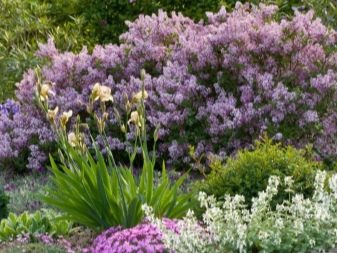
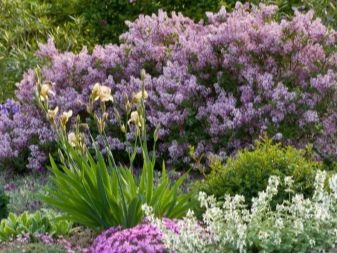
For details on the care and planting of Meyer’s lilac “Palibin”, see the following video.
Planting the Palibin variety – care and feeding
The seasonal planting of Meyer Palibin’s lilacs is carried out in places open to direct sunlight, preferably in a protected area from the wind.
The soil should be loose, without excess moisture. The depression in the form of a hole is filled with compost and ash mixed with the ground, then a seedling is lowered there, the root system is buried and watered abundantly with water. If it is necessary to reduce possible overgrowth, the plants are planted a few centimeters above the soil level.
Caring for the plant consists in the seasonal removal of faded inflorescences, forming pruning and periodic feeding with mineral and other types of fertilizers. Pruning and thinning the branches of lilacs should be done carefully so as not to harm the plant. Feeding is enough to carry out a couple of times a year. Thanks to such actions, the lilac bush will be healthy, with a powerful root system and will certainly delight its owner with a gorgeous flowering.
It is enough to know a few basic rules on how to grow lilacs, its further maintenance will not cause trouble for the gardener. The most successful method for planting is the propagation of lilacs by cuttings and deepening seedlings with an already developed root system into the soil. More sophisticated methods are only available to experienced breeders.
It is necessary to cultivate types of lilacs, because how much joy and aesthetic pleasure a bush can give in early spring. A lot of useful information in the article: Evasive peony – a characteristic of a unique and medicinal plant.
